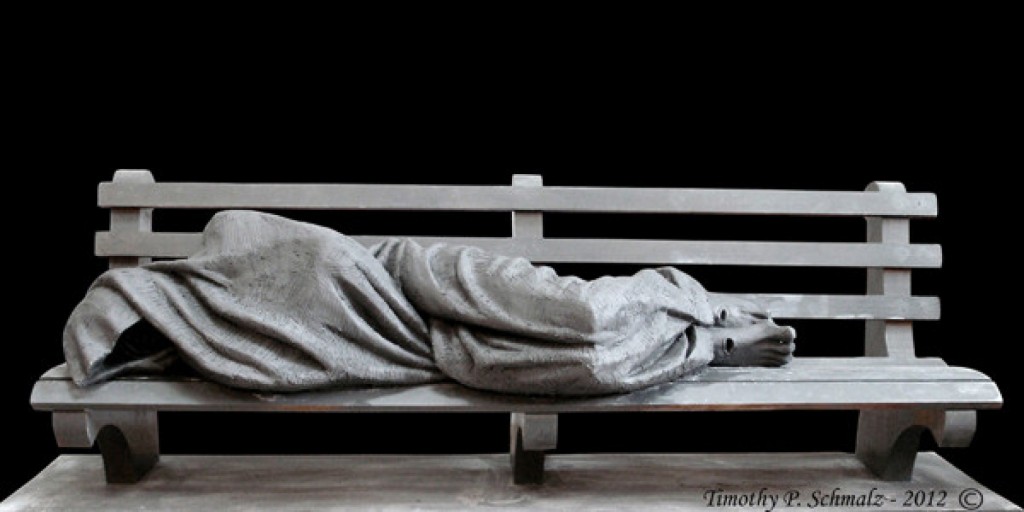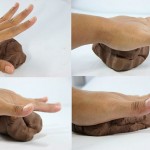China has added a new, less subtle trick to the annals of anti-homeless architecture. Park benches in Yantai Park in Shangdong province now work according to coin operated timers. Stop feeding the meter, and little iron spikes pop out to prick the unwary sitter. According to the article:
Park bosses got the idea from an art installation in Germany where sculptor Fabian Brunsing created a similar bench as a protest against the commercialisation of modern life.
“He thought he was exaggerating. He didn’t foresee that a very practical country like China might actually use them for real,” said one critic.
The spiked bench attracted attention, because it was so transparently grotesque, while other anti-homeless measures pass as normal, because their cruelty isn’t as viscerally painful for the reader. Last week, the New York Times ran a feature on the new, anti-homeless initiatives taking shape in Hawaii. Look at the kind of language used:
“It’s time to declare a war on homelessness, which is evolving into a crisis in Honolulu,” Mayor Kirk Caldwell, a Democrat, wrote in a provocative essay that appeared in The Honolulu Star-Advertiser this month. “We cannot let homelessness ruin our economy and take over our city.”
Caldwell is appropriating the language of Johnson’s War on Poverty to wage a war on the intrusion of poverty into the lives of the well off. The new laws he’s marshalling for his war make it a crime to be poor, to have nowhere to sleep, or to have no access to a bathroom.
In addition to seizing the belongings of homeless people, Honolulu is closing public parks at night and banning tents and lean-tos in public spaces. The City Council last week began debating legislation that would authorize the police to roust anyone found lying or sleeping on a sidewalk or in a public space; a second law would impose fines of up to $1,000, or 30 days in jail, for public urination or defecation in the beachfront neighborhood of Waikiki. The council also authorized a $47 million program to create low-cost housing.
The low-cost housing will have to be very low cost to be affordable for people who are facing a slew of new fines and penalties for their presence and who are being pushed out of the city center (the most remunerative place to busk or beg). Hawaii, more than other state, shouldn’t just try to hide their homeless, since, as an island state, they can’t pull the trick other cities have used, and hand out one-way bus tickets to shunt their homeless to another city.
Utah is exploring (with success so far) a more radical and compassionate solution: just giving the homeless homes.
Eventually, Utahns like Pendleton came around to seeing the wisdom of providing housing without strings attached. Though it may at first sting a bit to see someone getting something he didn’t work for, over time most recipients of free housing take responsibility for their lives, Tsemberis says. Once they have the stability of housing, they can beat addiction, manage mental illness, seek more education, or find employment. Housing, critically, must come first.
In that spirit, Tsemberis argues that the Housing First model doesn’t just help the homeless. It helps the rest of us. “There’s a price that we are paying for homeless,” he said in 2012. “Not noticing is costing not only the people still homeless on the streets but it’s costing us. If we take for granted the feeling of seeing a homeless person and walking by, we have to shut down part of ourselves in order to tolerate the pain we’re walking past. In that we are together in a shared suffering, that actually can be alleviated.”
I’d love to see more states and cities give this kind of solution a try, and for “fixes” like Hawaii’s to be met with as much disgust as China’s booby-trapped benches.













